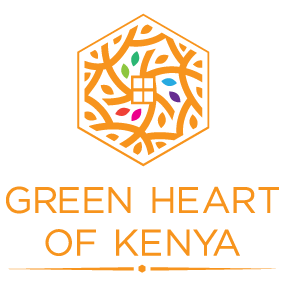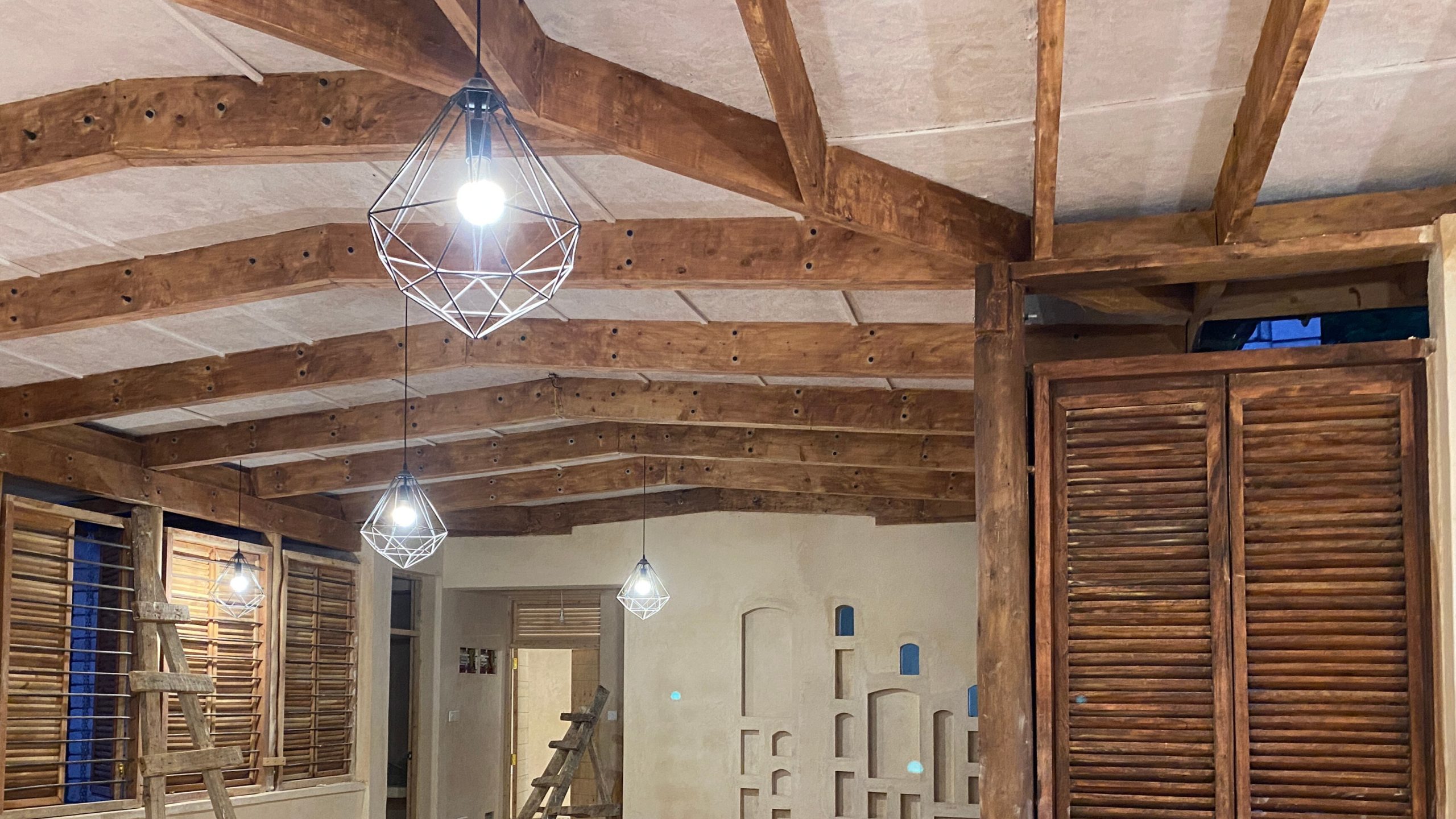In a world where environmental challenges loom large, it’s reassuring to know that there are organizations like Green Heart of Kenya (Green Heart of Kenya) dedicated to making a positive impact on our planet. Sustainability, for Green Heart of Kenya, goes beyond the conventional notions of just planting trees and ensuring their survival. It’s about creating a harmonious and resilient ecosystem where diverse flora and fauna work in synergy to thrive within their natural habitat. But what sets Green Heart of Kenya apart is its holistic approach, focusing on forestation, agriculture, low-carbon housing, and sustainable infrastructure. This blog post dives deep into Green Heart of Kenya’s multi-faceted sustainability strategy and its dedication to fostering vibrant ecosystems that benefit both the environment and the community.
A Holistic Sustainability Vision
Green Heart of Kenya recognizes that sustainability is a multifaceted concept, and their commitment to it extends across various domains. They firmly believe that for any ecosystem to flourish, it needs comprehensive support systems. Their approach encompasses several key pillars, all crucial to the sustainability puzzle.
1. Forestation: Breathing Life into Green Lungs
Forests play a vital role in maintaining the delicate balance of our planet’s ecosystems. Green Heart of Kenya understands the significance of reforestation and afforestation in combating climate change, conserving biodiversity, and preserving vital ecosystem services. Through their meticulous tree-planting efforts, Green Heart of Kenya not only safeguards the environment but also creates employment opportunities for local communities, promoting economic stability.
2. Agriculture: Cultivating Sustainable Practices
Agriculture, when done sustainably, can be a powerful ally in the fight against environmental degradation. Green Heart of Kenya encourages and supports eco-friendly farming practices that prioritize soil health, biodiversity, and long-term sustainability. By fostering responsible agricultural methods, they aim to reduce the environmental footprint of farming while ensuring food security for local populations.
3. Low Carbon Housing: Building a Greener Future
Sustainable housing is another cornerstone of Green Heart of Kenya’s mission. They believe that the built environment should harmonize with nature rather than disrupt it. By promoting low-carbon housing solutions, Green Heart of Kenya demonstrates its commitment to reducing the carbon footprint associated with construction, thereby contributing to the mitigation of climate change.
4. Sustainable Infrastructure: Paving the Way for a Greener Tomorrow
Infrastructure development need not be at odds with environmental preservation. Green Heart of Kenya seeks to create an infrastructure that integrates seamlessly with nature. By implementing eco-friendly designs and construction practices, they ensure that their projects leave a minimal impact on the environment while providing essential services to communities.
Empowering Ecosystems and Communities
One of Green Heart of Kenya’s fundamental principles is to ensure that their sustainability efforts benefit not only the environment but also the people who call these ecosystems home. They are dedicated to answering a pivotal question: How can development meet the needs of residents and surrounding communities while leaving the environment better off?
1. Expert Involvement: Tapping into Knowledge
Green Heart of Kenya understands that sustainable development requires expertise. They engage with experts who possess in-depth knowledge of both the development process and the specific ecosystem in question. This collaboration ensures that every project is guided by the best available insights and practices.
2. Master Planning: A Blueprint for Success
Central to Green Heart of Kenya’s approach is the creation of detailed, concept-driven master plans. These plans serve as roadmaps, ensuring that development strategies are clear, environmentally responsible, and sensitive to the needs of local flora and fauna. Green Heart of Kenya leaves no stone unturned in its quest for harmony between development and nature.
3. Stakeholder Involvement: A Community-Centric Approach
Green Heart of Kenya firmly believes that sustainable ecosystems are a shared responsibility. They actively involve local communities and stakeholders in their projects. This inclusive approach ensures that the ecosystems created are not just sustainable but also culturally and socially enriching, benefitting everyone involved.
4. Kaizen: The Power of Continuous Improvement
Sustainability is not a destination but a journey. Green Heart of Kenya practices Kaizen, the philosophy of continuous improvement. They are committed to making small, incremental steps forward, year after year. This means planting more trees, providing more opportunities for local involvement, and enhancing biodiversity with each passing season.
5. Co-design and Co-creation: A Platform for Innovation
Green Heart of Kenya sees itself as a platform for diverse voices and ideas. They actively engage with individuals from multidisciplinary backgrounds to co-create and co-design projects. By harnessing collective creativity and expertise, they ensure that their ecosystems are dynamic, adaptive, and resilient.
A Call for Collaboration
Green Heart of Kenya’s dedication to nurturing sustainable ecosystems is an inspiration. They are not alone in this journey, and they welcome like-minded partners who share their passion for ecosystem regeneration. If you are working on projects or initiatives aimed at revitalizing our planet’s natural balance, Green Heart of Kenya invites you to join hands and collaborate for a greener, more sustainable future.

